Written by Guest Contributor on The Prepper Journal.
Editors Note: A guest contribution from Nigel to The Prepper Journal. With Spring even breaking across our norther border with Canada the time to be doing this is NOW, or as soon as possible anyway. And, as always, if you have information for Preppers that you would like to share and be entered into the Prepper Writing Contest with a chance to win one of three Amazon Gift Cards with the top prize being a $300 card to purchase your own prepping supplies, then enter today!
Orchards are a great way to get ready for long-term survival. They are sturdier than most crops, and don’t need to be replanted. They can offer a large amount of produce for a relatively low input of energy, and the options are broad in most climates.
Especially in cold areas, orchards can provide food that supplies vital nutrients and keeps longer than most vegetables. Apples, for instance, can be wrapped in newspaper, straw or other carbon-based material and stored for months on end without losing their flavor and nutritional value. Stored fruit easily can or cook down for a flavorful addition to the potentially meager meals of winter. Fruit from your own orchard can be a great addition to your other food stores.
By planting a variety of types of trees in your orchard, you reduce the risk of losing most or all of your crop if a parasite or dry spell occurs. Dwaft trees in your orchard can mean that you get more varieties in a small space and also extend your harvest season. Having a variety of fruits will prevent boredom, too.
Caring for a Variety of Fruit Trees
While it is nice to have the variety, peaches, pears, apples, cherries, and nectarines all have different needs. If you are further south, you might have citrus trees that are even more specific in their care. Most people know to trim their trees back slightly in the fall. You should also clean up any fallen fruit- if it is diseased or develops certain fungi, it can “mummify” and infect your trees in the spring. You should also clean up leaves, especially if you have cool summers- leaves can keep mold and fungus spores alive over winter.
In the spring, there is a little more work to do.
Nutrition
Now is the time to add compost and reinforce your tree wells. Fish and tea compost is beneficial at this early stage of the game, although shredded leaves and trimmings are also helpful. Be sure not to apply this too thick, or it can instigate mold issues.
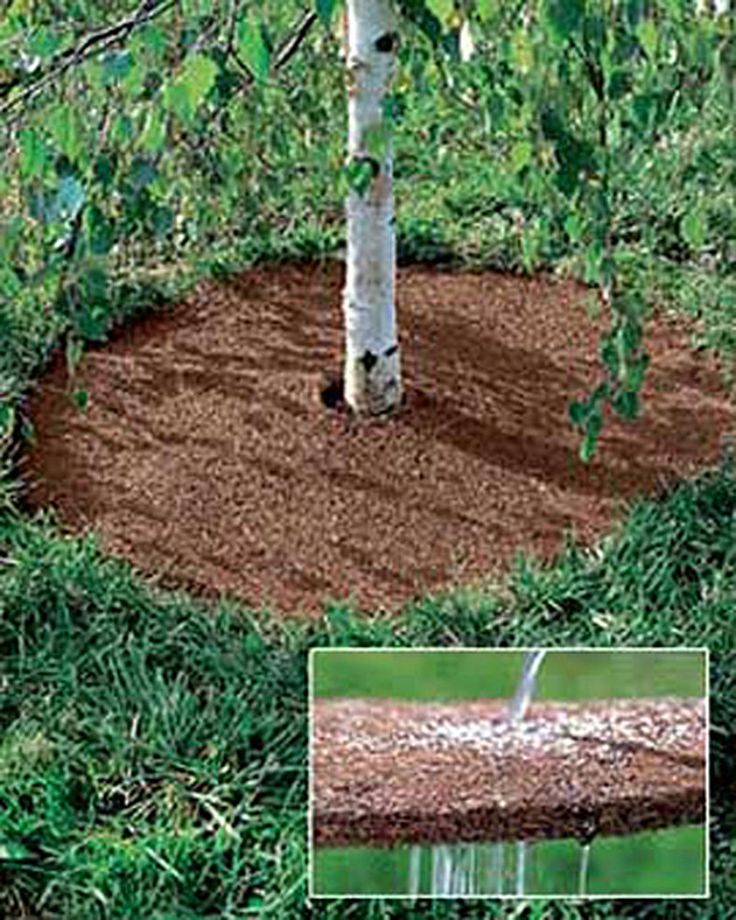
You can also apply copper or neem oil to trees at this time. Coat the leaves and branches alike in an even layer. This will go a long way towards preventing disease and insect infestation.
Fruit from the previous season shouldn’t be used as fertilizer. You might use it for your vegetable garden. However, when applied to the type of tree it came from, mummified fruit is likely to start disease or encourage insects to move in.
Protection
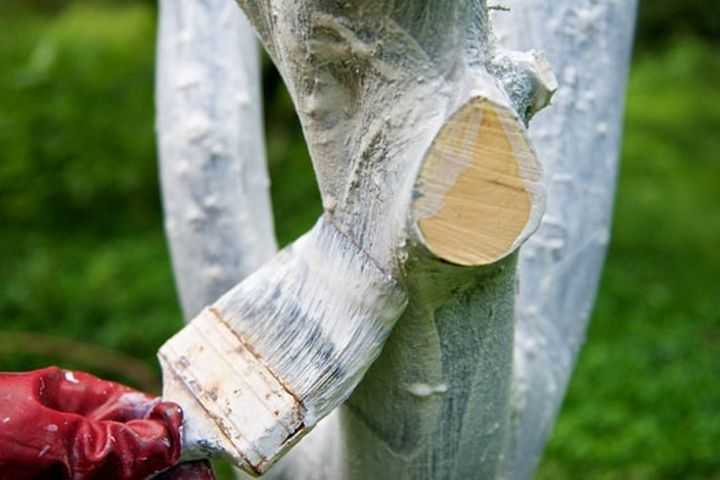
The simplest first step is to whitewash the trunks of your fruit trees. They were protected from the stronger summer rays of the sun in the previous year, but the spring can be difficult. The lack of thick shading from leaves opens up trunks and larger branches to sunburn. You can use a traditional paint or you can use specially formulated or homemade paint. The goal is to add a physical barrier between the trunk and the sun.
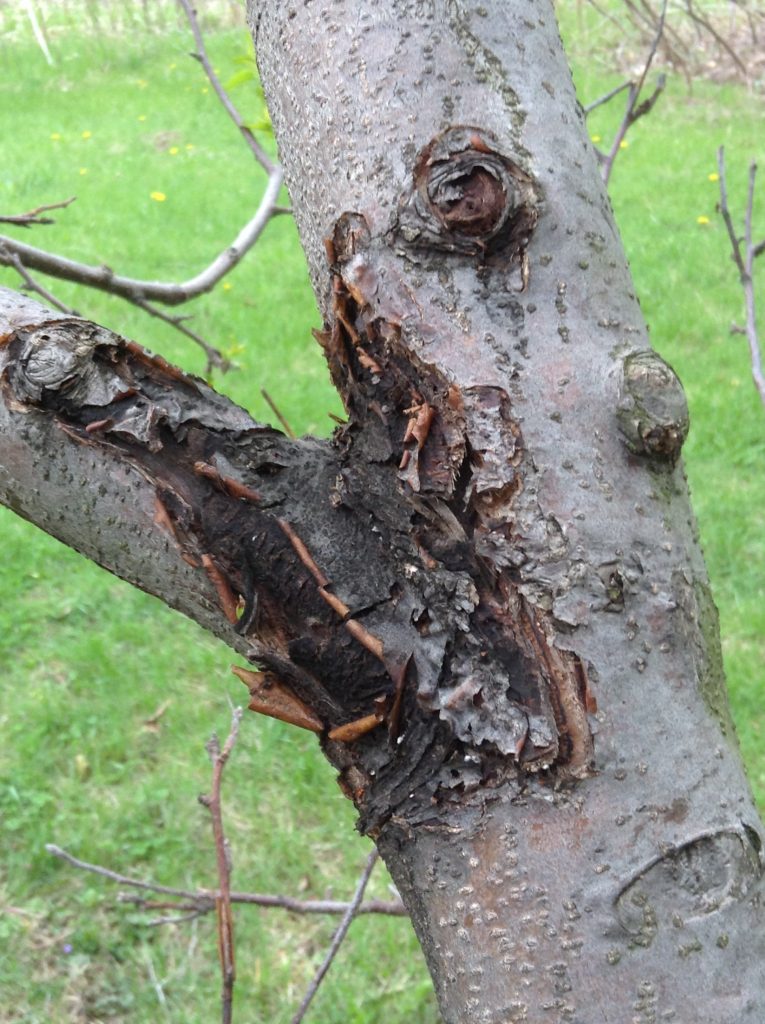
You should also use this time to trim away any diseased or damaged wood. Shoots near the base can harbor borers, which will kill an orchard in a short amount of time. Dying wood can also hold disease and should be removed.
Pruning and Trimming: Emergency Cutting
With the exception of peaches, fruit trees should be trimmed and pruned during the dormant season. However, taking care of any “emergency pruning” in spring is essential to the success of any tree. Taking a day to trim away any wayward growth in the spring can increase your harvest by almost double, because energy and nutrition aren’t being redirected to unnecessary branches and offshoots instead of your fruit.
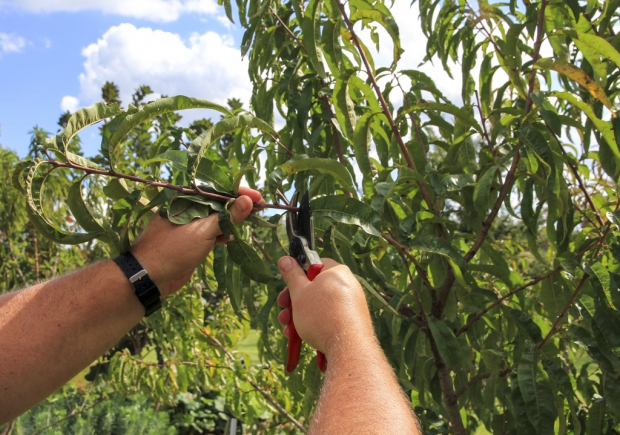
Only allow growths at strong angles to grow. Branches at very wide or narrow angles invite splitting due to fruit weight or weather later on, and make it difficult for fruit to hang in such a way that the greatest number can reach maturity. Aim for angles of 10 or 2 o’ clock, with the main trunk being 12 on the clock.
Similarly, if you are allowing buds to grow, stay within an inch of the bud. If you cut a branch down too close to the bud, it will likely grow in an unwanted direction. You will then have to trim it, losing both your original branch and the desired bud. If you cut too far from the bud, the branch will grow back, eating up resources the tree could use elsewhere.
Finally, trim at the point where a sprout is aimed in the direction you desire. It will continue to grow in this direction. Using these general guidelines will provide optimum shaping.
In case of a power outage, the best pruning tools are either a manual pruner saw or gas-powered pole saw. Electric tools require the additional, fuel-wasting step of a generator were there a disaster- your fuel will last longer than a power plant will likely stay on. Gas-run pruners and saws make your work easy without gambling that they could be rendered essentially useless with one outage. However, if you have an alternative electricity source like solar power you may opt for an electric pole saw option.
Pruning and Trimming: Peach Trees
Peach trees will need a stronger saw, as their wood is fairly dense. However, the rules for cutting back and shaping peach trees is very similar to other fruit trees. Aim for 10 or 2 o’clock angles, cut an inch from the bud, and cut in the direction you desire growth.
Peach trees are unique in that if you cut them before they bud, their production will suffer. Winter pruning signals distress to a peach tree, and it will divert resources to fixing this “problem” rather than growing fruit. Instead, waiting until spring means the tree has already begun the start of the fruiting process (budding) and will more readily accept pruning.
Mulching
Again resist the temptation to use trimmings from your pruning days as compost material. You should similarly avoid adding leaves from your trees, unless they are thoroughly broken down. Otherwise, you create a breeding ground for diseases that can wipe out a tree or an orchard.
Instead, use a chipper mulcher to chip completely dry pruning. These can be placed around the tree to help it retain moisture in the summer. Leave a space between the trunk and the mulch of a few inches at least, so that you do not smother the tree or encourage mold.
Starting or Expanding an Orchard
When starting or expanding an orchard it can be tempting to plan the seeds of fruit that you have on hand. Maybe the seeds of fruit you purchased from the market or even from one of your existing trees. This can be hit and miss and is not usually advisable. Modern day fruit trees are a Frankenstein’s monster of different hybrids and often a graft of a good fruit baring variety on a different but good hardy root system variety. If you are new to fruit trees it is easier to buy and plant them as bare rooted fruit trees. If you want a DIY approach to propagating fruit trees you may want to learn about grafting.
Grafting
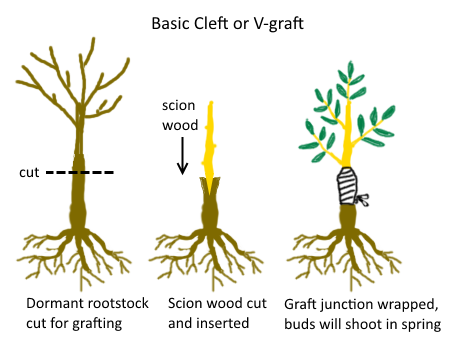
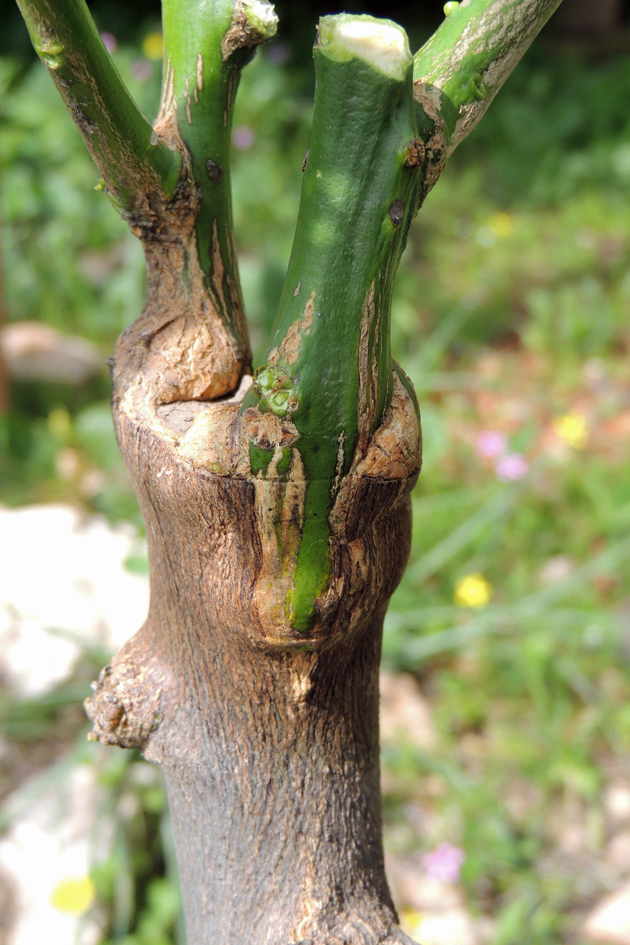
Grafting can increase your orchard’s pollination options and increase fruiting success. Grafting different varieties to an existing tree can also give you a wider variety of flavor options in your harvest. However, grafts need a clean cut. The smoother and more even the branch stem and the adjoining graft are, the more likely they are to succeed. While your sugar or sap glue mixture will connect the two parts, a greater contact surface area means a higher rate of success.
Overall, your spring work will likely require about a day for each five to ten trees you have. Larger trees take more time, so plan accordingly. It is important to do this before the last frost but after budding, so plan accordingly.
Author bio: Nigel William writes about topics like camping, survival, gardening, DIY, and home improvement among other things.
Follow The Prepper Journal on Facebook!
The post Orchestrate Your Orchard for Success appeared first on The Prepper Journal.
from The Prepper Journal
Don't forget to visit the store and pick up some gear at The COR Outfitters. How prepared are you for emergencies?
#SurvivalFirestarter #SurvivalBugOutBackpack #PrepperSurvivalPack #SHTFGear #SHTFBag

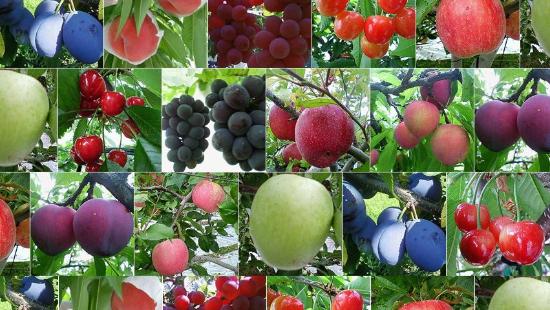
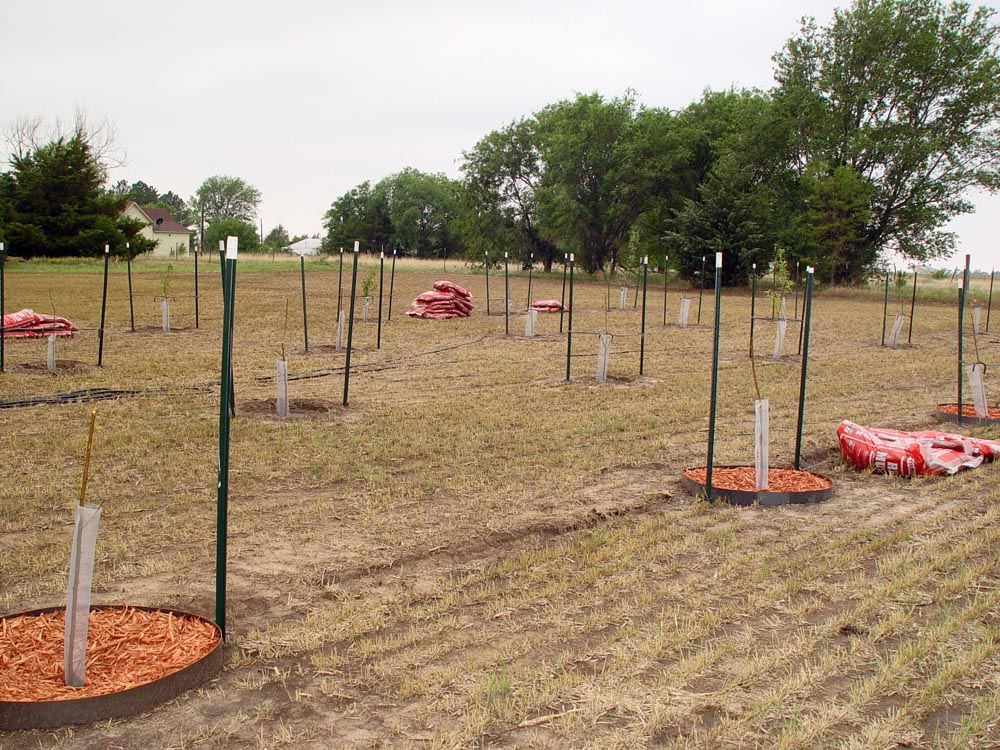
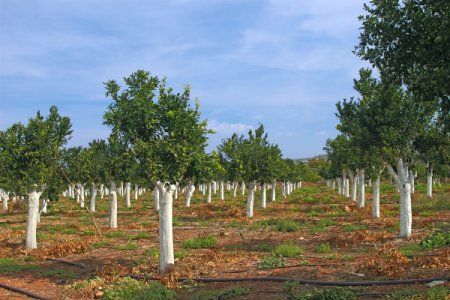
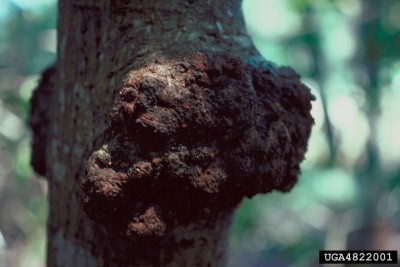
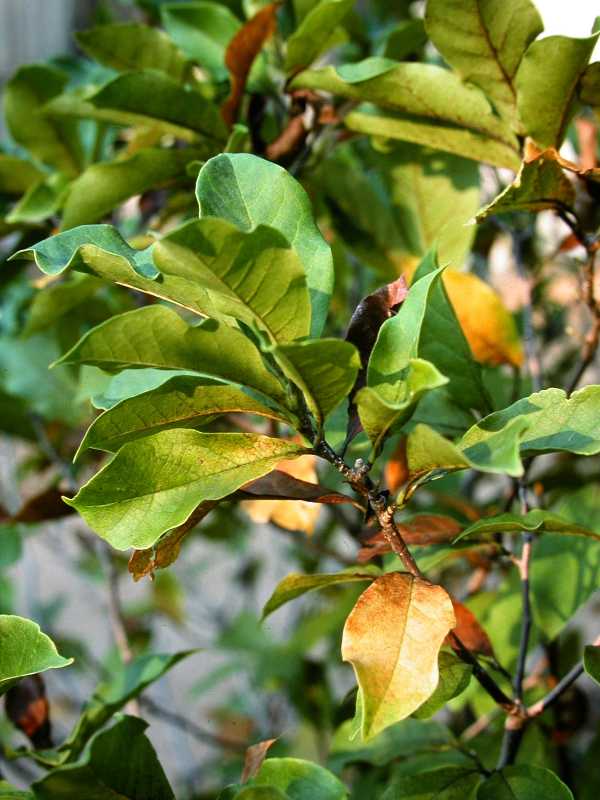
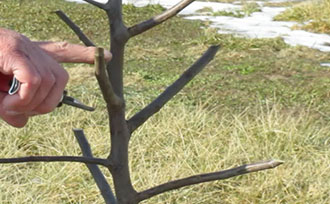
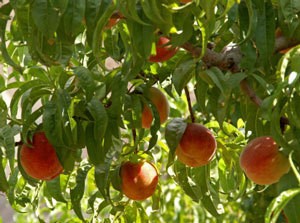
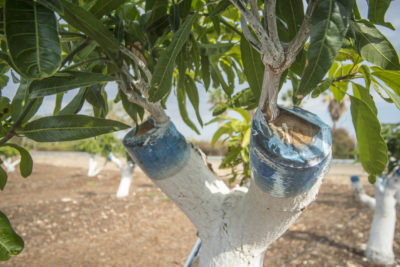
No comments:
Post a Comment